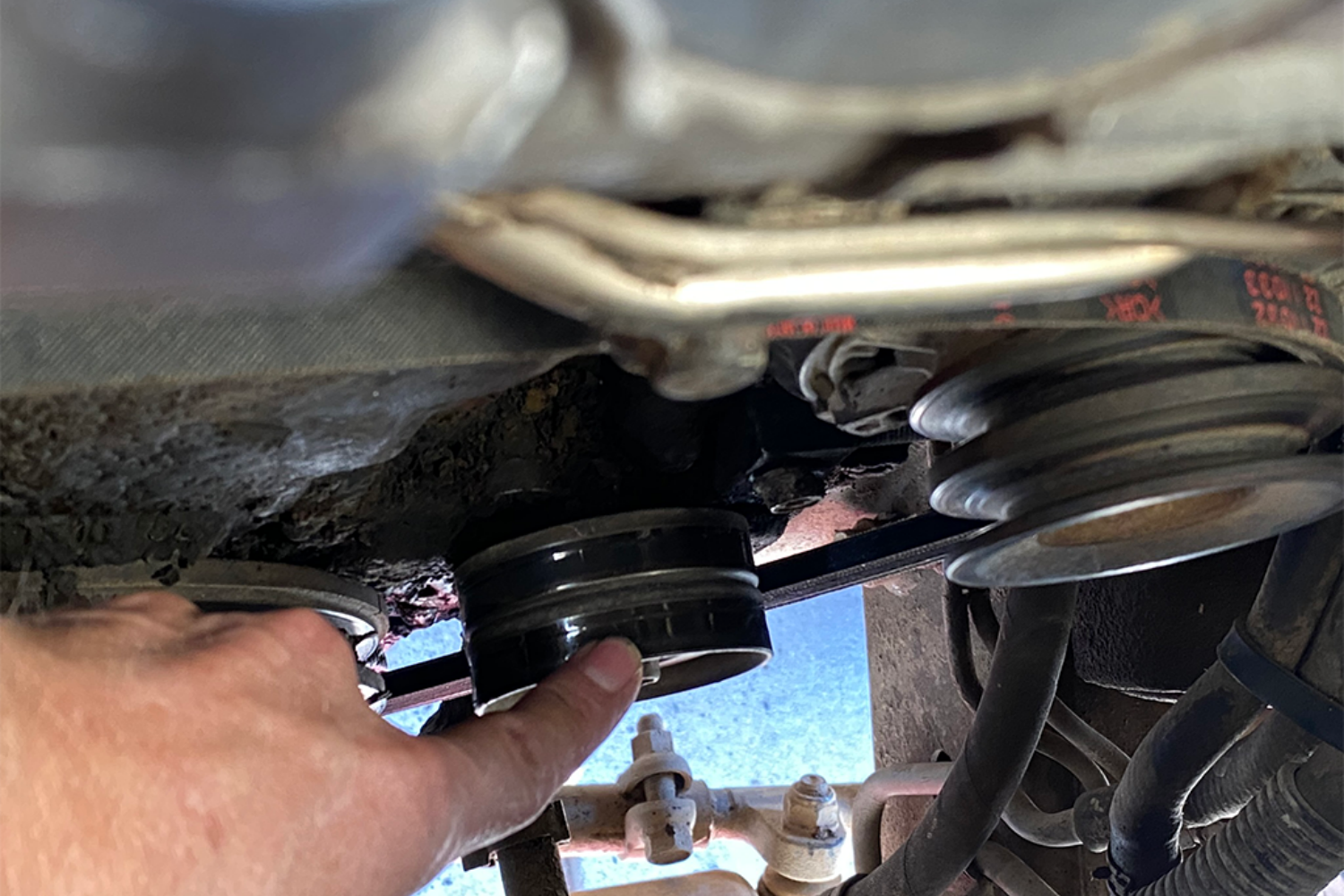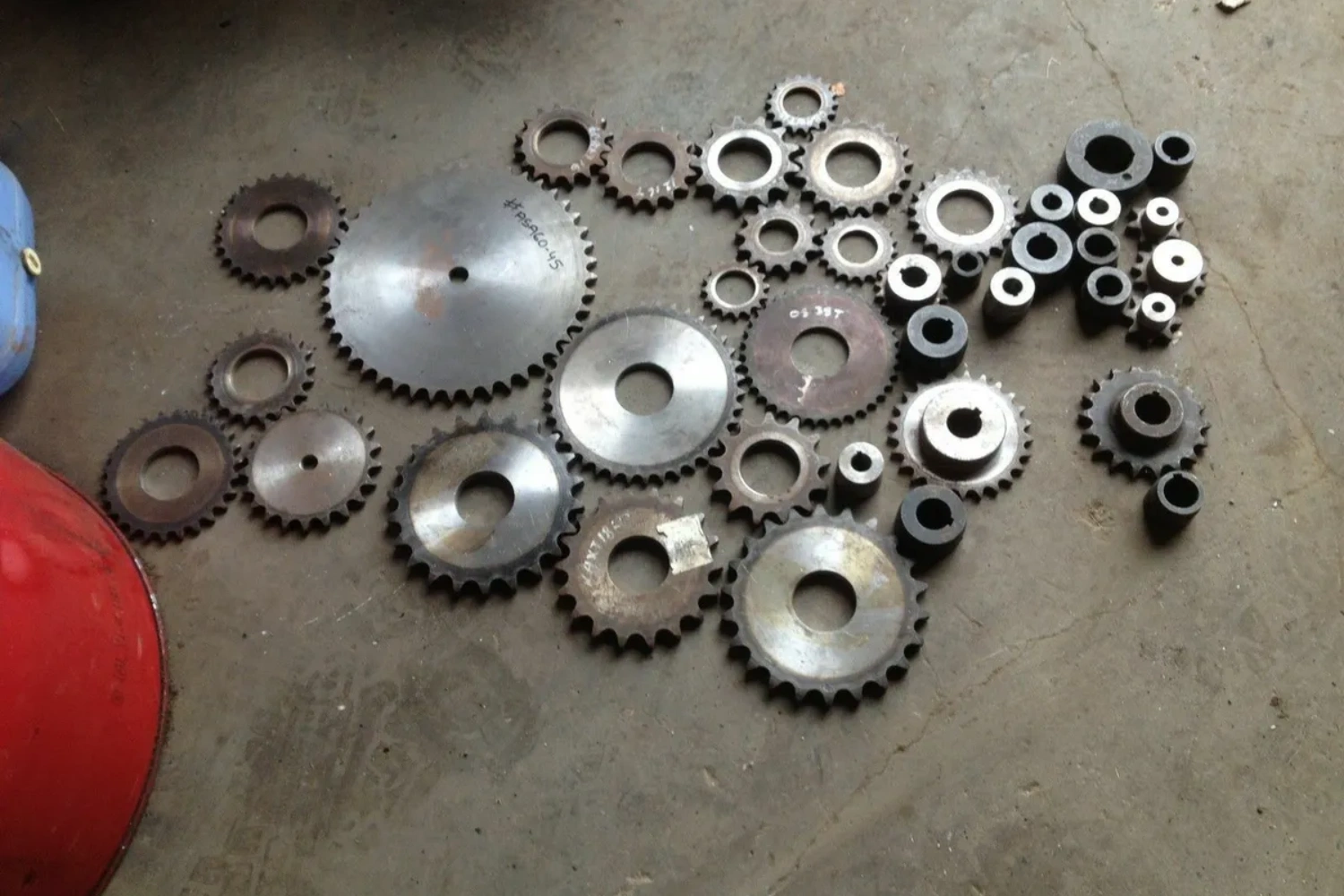The gear structure is commonly seen in many products, which are ingenious in structure and powerful in function. However, gears also have a lifespan and will gradually deteriorate over time. So how did they end their lives?
The common faults of gear transmission mainly include the following points:
1 Pitting. The surface of the gear will produce fatigue cracks due to hard contact under the action of the changing external force during the working process, and then very small metal particles will fall off, so eventually small pits will be formed, which look like the raindrops. This is the pitting phenomenon of the gear tooth surface. The pitting corrosion of gears is generally with the softer materials, so increasing the hardness helps to avoid gear pitting.
2 Wear. The wear on the surface of the gear will happen if other impurities enter the occlusal surface of the gear in the process of its transmission. Normally, the tooth surface wear occurs as long as the gear structure is not particularly sealed. In addition, unclean lubricating oil is also a reason of tooth surface wear, so it is inevitable. There will be a lot of noise in the case of serious wear, and the teeth of the gear may be broken when there is a heavy load. Reducing the degree of tooth surface wear can be achieved by improving the hardness and surface finish of gears, as well as using good lubricating oil, etc.
3 Gluing. It occurs mostly in heavy-duty transmission, during which the temperature between the two gears is high. And the teeth of the two gears are in direct contact when the high temperature destroys the oil film of the lubricating oil. So, the temperature is very high and the load is heavy at this point, a sticking or tearing mark is formed on the softer surface of the gear. This is the phenomenon of gluing. Many people think that the gluing phenomenon only occurs in high-speed transmission. However, it also happens in low-speed and heavy-duty transmission due to the difficulty in forming an oil film with the very slow speed.
4 Break off. Breakages are generally caused by excessive strike. The commonly seen causes include insufficient strength of gear material or brittle material (e.g. cast iron), and of course, if there is a serious overload, the gear teeth will also break.
5 Deformation. It usually occurs on softer gear surfaces under the circumstances of low speeds and heavy loads. The friction force between heavy-duty gears is large, and when it exceeds the yield strength of the gears, plastic deformation will occur on the surface of the soft teeth. The plastic deformation can be prevented by increasing the hardness of the gears and selecting lubricating oils with high viscosity.
“Pitting” and “wear” are the most common faults phenomena of gear transmission, because these two will gradually occur in the process of gear running-in, and will not stop due to changes in external force. Usually, minor pitting and wear will not affect the working performance of the gear, but failures such as “broken” or “deformation” will cause the gears completely damaged and the product will be unusable.
CONTINUE READING
Related Posts
In today’s industrial world, machinery performance and efficiency are critical to the success of manufacturing processes. V-belt pulley systems have […]
In the industrial world, belts and pulleys are essential components for power transmission and motion control. V-belt pulleys are widely […]
In the intricate dance of machinery and mechanical systems, certain components operate quietly but play an indispensable role. Among these […]




